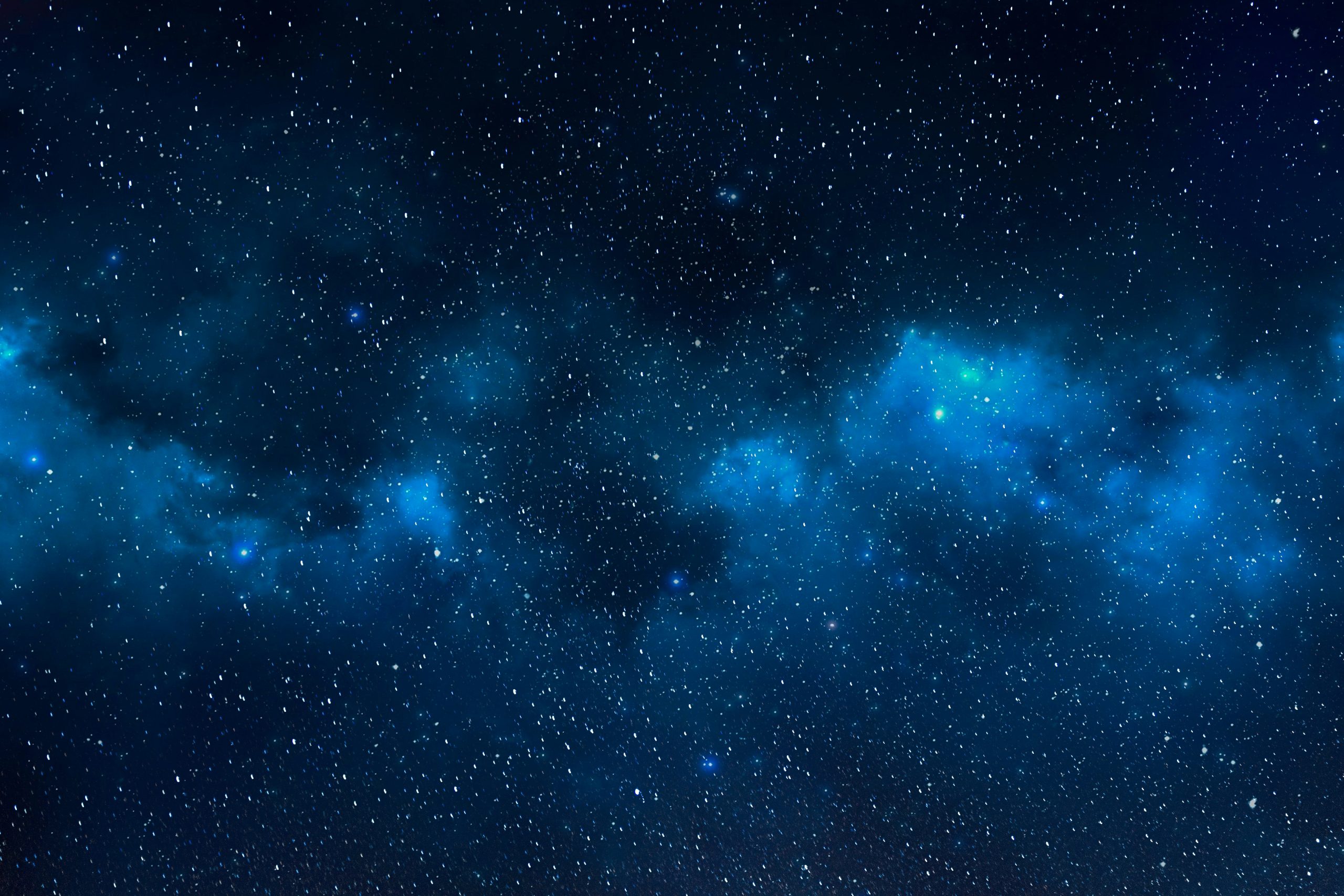Brahman and Shakti: Divine Feminine Energy

Looking for more amazing products? Check out our online store and explore our collection here! Happy shopping!
Before diving in, please note: This post is for informational purposes only. If you’d like to know more about how we approach topics, feel free to check out our friendly Disclaimer Page.
Hey there, amazing readers! 
We’re committed to delivering quality posts, and your support (even just sticking around despite the ads) means everything to us. So, bear with us, and thanks for helping us keep the good vibes rolling. Now, on to the fun stuff!
TRANSLATE BUTTON AT THE END OF THE ARTICLE
A Quick Overview
In Hindu philosophy, the concepts of Brahman and Shakti are essential to understanding the nature of reality and the universe.
Brahman represents the ultimate reality, the formless, infinite, and eternal source of all existence.
Shakti, on the other hand, is the divine feminine energy that embodies creativity, power, and transformation.
Together, Brahman and Shakti form a complementary pair, representing the union of masculine and feminine energies in the universe.
This article delves into the intricate relationship between Brahman and Shakti, exploring the origins, significance, and manifestations of the divine feminine energy in Hinduism.
Understanding Brahman and Shakti
Brahman is often described as the unchanging, eternal, and omnipresent reality that underlies all existence.
It is the absolute reality that transcends the physical world and is beyond human comprehension.
Shakti, on the other hand, is the dynamic, creative, and transformative aspect of Brahman.
She is the divine feminine energy that gives life, sustains creation, and facilitates change in the universe.
Together, Brahman and Shakti represent the dual aspects of the ultimate reality, with Brahman symbolizing the static, unchanging essence, and Shakti embodying the dynamic, creative force.
Origins of Divine Feminine Energy
The concept of Shakti has ancient roots in Indian mythology and philosophy.
In the Rigveda, one of the oldest Hindu scriptures, the term "Shakti" is used to refer to the power of the gods or divinity.
Over time, the concept of Shakti evolved to represent the primordial cosmic energy that underlies all creation.
In Hindu mythology, Shakti is often associated with the goddess Devi, who embodies the feminine aspect of divinity and is revered as the universal mother.
The Concept of Shakti in Hinduism
Shakti plays a central role in Hinduism, where she is worshipped as the divine feminine energy that animates the universe.
She is seen as the source of all power, creativity, and transformation.
Shakti is believed to manifest in various forms, including goddesses such as Durga, Kali, Lakshmi, and Saraswati.
Each goddess represents a different aspect of Shakti, from fierce warrior to gentle nurturer, highlighting the diverse qualities of the divine feminine energy.
Relationship Between Brahman and Shakti
In Hindu philosophy, Brahman and Shakti are inseparable and interdependent.
Brahman is the pure consciousness that is static and unchanging, while Shakti is the dynamic and creative force that brings Brahman into manifestation.
Without Shakti, Brahman remains inactive and inert, while without Brahman, Shakti lacks direction and purpose.
The relationship between Brahman and Shakti is often likened to that of the sun and its rays, where Brahman is the source of light and Shakti is the radiant energy that emanates from it.
Significance of Shakti in Hindu Philosophy
Shakti holds immense significance in Hindu philosophy, where she is considered the embodiment of divine power and energy.
She is worshipped as the primal force that sustains the universe and drives the cycle of creation, preservation, and destruction.
Shakti is associated with fertility, abundance, and prosperity, making her a symbol of empowerment and strength.
By invoking Shakti, devotees seek her blessings for courage, wisdom, and spiritual growth.
Depiction of Shakti in Hindu Mythology
In Hindu mythology, Shakti is depicted in various forms and manifestations, each representing a different aspect of her power and energy.
The goddess Durga, for example, is revered as the fierce warrior who vanquishes evil forces and protects her devotees.
Kali, on the other hand, embodies the destructive aspect of Shakti, symbolizing the power of time and transformation.
Lakshmi is worshipped as the goddess of wealth and abundance, while Saraswati is revered as the goddess of knowledge and learning.
Manifestations of Shakti in Hindu Texts
The manifestations of Shakti are described in various Hindu texts, including the Puranas, the Tantras, and the Devi Mahatmya.
These texts recount the stories of different goddesses and their exploits, highlighting the diverse qualities and powers of Shakti.
The Devi Mahatmya, in particular, is dedicated to the goddess Durga and narrates her battles against demons and her triumphs over evil.
Through these stories, devotees gain insight into the nature of Shakti and her role in the cosmic order.
Worship and Devotion to Shakti
Devotion to Shakti is a central aspect of many Hindu traditions, with numerous festivals, rituals, and ceremonies dedicated to the goddesses.
Navaratri, for example, is a nine-night festival celebrated in honor of the goddess Durga, where devotees perform elaborate rituals and prayers to invoke her blessings.
Similarly, Diwali, the festival of lights, is dedicated to the goddess Lakshmi, who is worshipped for wealth and prosperity.
By worshipping Shakti, devotees seek her protection, guidance, and blessings in various aspects of life.
Empowering Feminine Energy in Hinduism
In Hinduism, the worship of Shakti is seen as a way to empower and embrace the feminine energy within oneself.
Shakti is revered as the source of inner strength, creativity, and intuition, qualities that are traditionally associated with the feminine aspect.
By connecting with Shakti through rituals, mantras, and meditation, individuals can tap into their own innate power and wisdom.
This empowerment of feminine energy is seen as essential for achieving balance, harmony, and spiritual growth in both individuals and society.
Balancing Masculine and Feminine Energies
The worship of Shakti in Hinduism emphasizes the importance of balancing masculine and feminine energies within oneself.
While Brahman represents the masculine aspect of divinity, symbolizing consciousness and transcendence, Shakti embodies the feminine aspect, representing energy and immanence.
By honoring both Brahman and Shakti, practitioners seek to achieve a harmonious integration of masculine and feminine qualities, fostering a sense of wholeness and completeness within themselves.
Shakti in Modern Hindu Practices
In modern Hindu practices, the worship of Shakti continues to be a vibrant and integral part of religious observance.
Temples dedicated to goddesses such as Durga, Kali, and Lakshmi draw devotees from all walks of life, who seek blessings and guidance from the divine feminine energy.
Various rituals, pujas, and ceremonies are performed to honor Shakti and invoke her presence in everyday life.
The reverence for Shakti remains a powerful and enduring tradition that continues to inspire devotion and reverence among Hindus worldwide.
Embracing the Divine Feminine Energy
Embracing the divine feminine energy of Shakti is a transformative and empowering practice that resonates deeply with many individuals seeking spiritual growth and enlightenment.
By recognizing and honoring the creative and nurturing aspects of the feminine, practitioners can cultivate a deeper connection with themselves, others, and the universe.
The worship of Shakti offers a path to self-discovery, empowerment, and self-realization, guiding individuals towards a more holistic and balanced way of living.
Conclusion
In conclusion, the concepts of Brahman and Shakti in Hindu philosophy illustrate the intricate relationship between masculine and feminine energies in the universe.
Shakti, as the divine feminine energy, embodies creativity, power, and transformation, playing a central role in Hindu mythology, philosophy, and practices.
By worshiping Shakti, devotees seek her blessings for empowerment, guidance, and spiritual growth, recognizing the importance of balancing masculine and feminine energies within themselves.
Embracing the divine feminine energy of Shakti offers a pathway to self-discovery, harmony, and wholeness, enriching the spiritual journey of practitioners and fostering a deeper connection with the divine.

The Enlightenment Journey is a remarkable collection of writings authored by a distinguished group of experts in the fields of spirituality, new age, and esoteric knowledge.
This anthology features a diverse assembly of well-experienced authors who bring their profound insights and credible perspectives to the forefront.
Each contributor possesses a wealth of knowledge and wisdom, making them authorities in their respective domains.
Together, they offer readers a transformative journey into the realms of spiritual growth, self-discovery, and esoteric enlightenment.
The Enlightenment Journey is a testament to the collective expertise of these luminaries, providing readers with a rich tapestry of ideas and information to illuminate their spiritual path.
Our Diverse Expertise
While our primary focus is on spirituality and esotericism, we are equally passionate about exploring a wide range of other topics and niches 

To ensure we provide the most accurate and valuable insights, we collaborate with trusted experts in their respective domains 
Our blog originally focused on spirituality and metaphysics, but we’ve since expanded to cover a wide range of niches. Don’t worry—we continue to publish a lot of articles on spirituality! Frequently visit our blog to explore our diverse content and stay tuned for more insightful reads.
Hey there, amazing reader! 
Check out our store here and take a peek at some of our featured products below! Thanks for being awesome!










